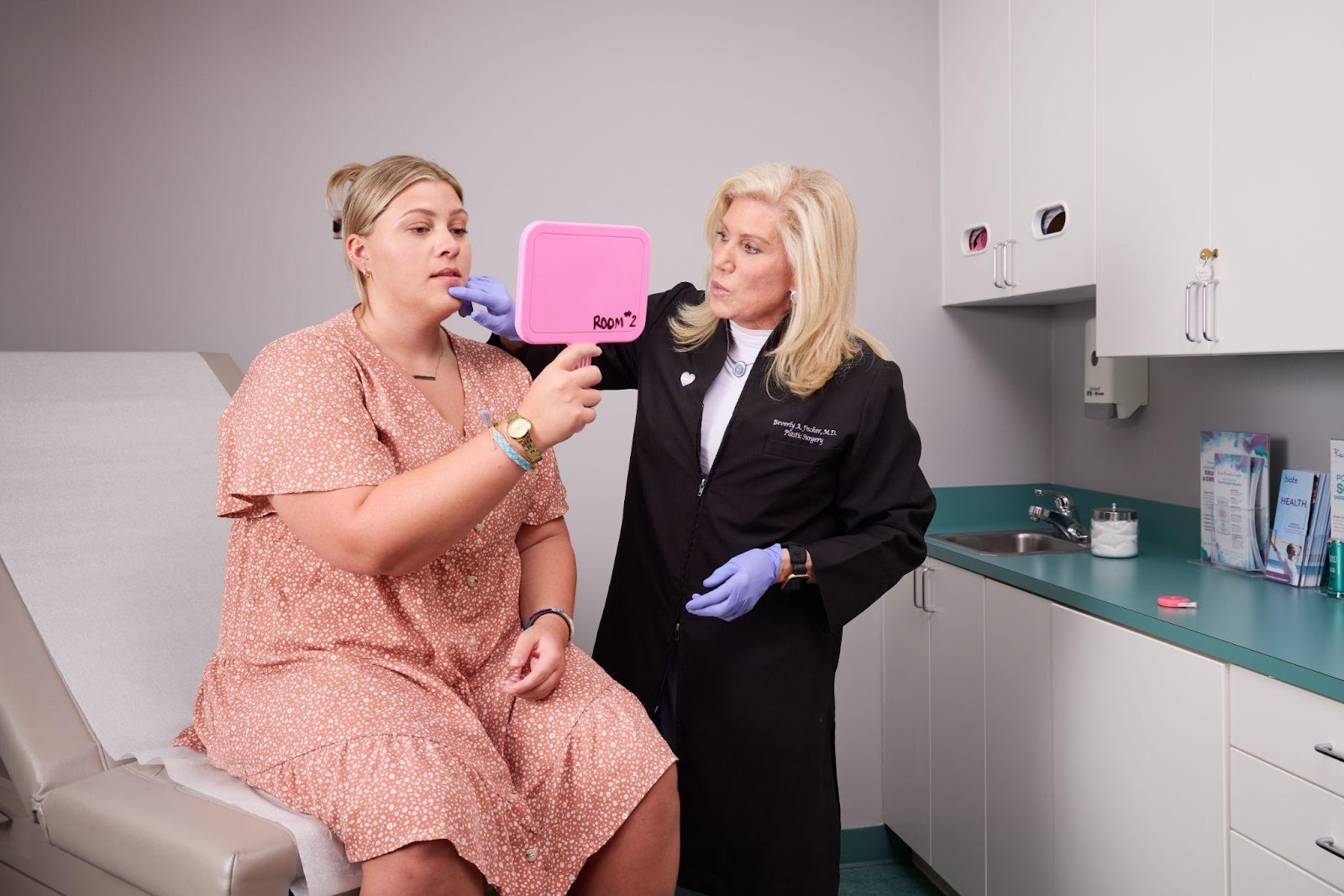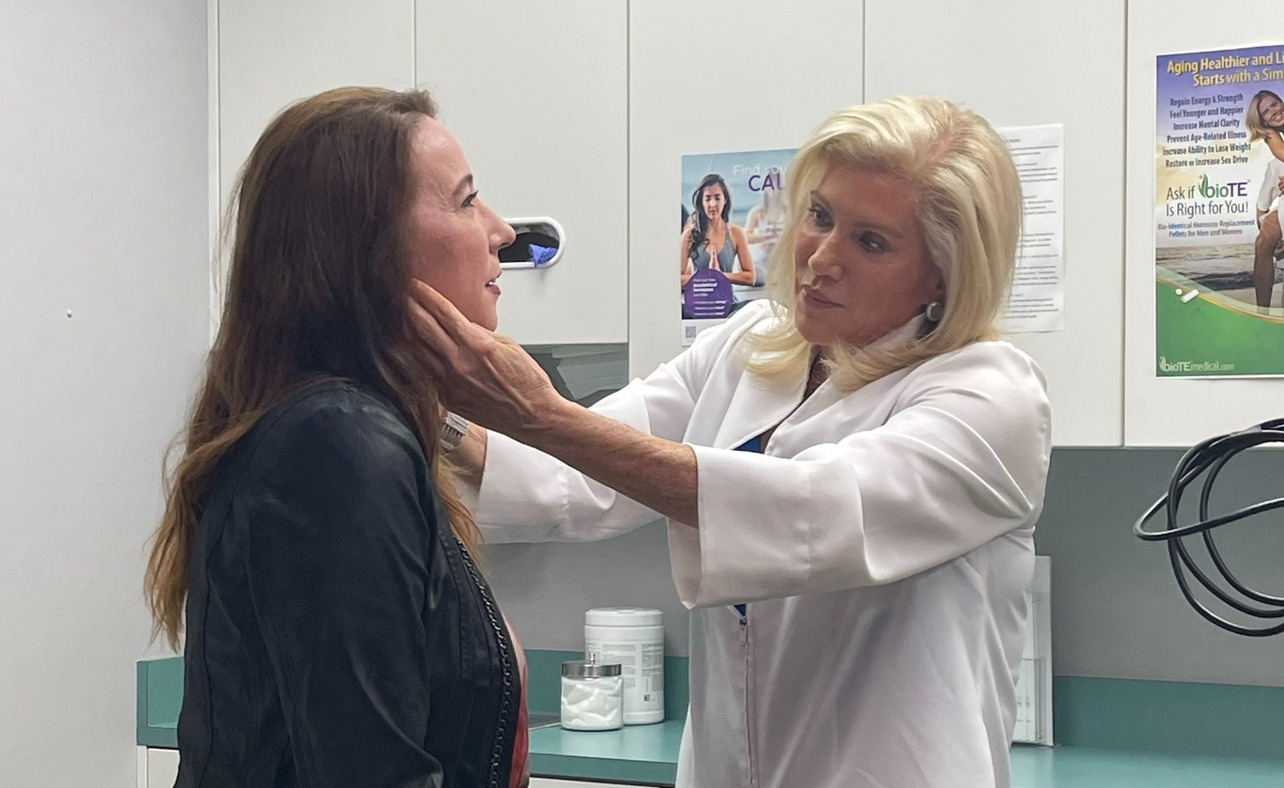
A Brief History of Facelifts | How Far We’ve Come!
By Beverly Fischer on September 14, 2018
Surgical Face and Neck Back to Blog
Back to Blog


Time is relentless, and while the popular adage, “time heals all wounds” may be true in some cases, but not when it comes to our faces! Thankfully, we live in an age where we have access to advanced and safe surgical procedures that can turn back the ravages of time and restore a bit of our youthful appearance.
The most popular of these, the facelift, was first pioneered a little over 100 years ago by an enterprising German surgeon and sculptor, Erich Lexor. Take note that Lexor was a sculptor. A facelift requires skilled hands and an artist’s eye to get the best result. When Lexor performed his first facelift in 1916, he made a tiny incision at the base of the patient’s ear, and pulled the skin up and back, and cut away the excess. The result fascinated and amazed the medical community and the population at-large.
Several of Lexor’s contemporaries attempted to copy him, with mixed results. One, a Berlinese surgeon named Eugene Hollander, attempted to revive the aged face of a Polish aristocrat. He skipped the crucial step that made Lexor’s facelift so successful – Hollander failed to pull the skin back and tight before cutting away the excess.
For the next fifty or so years, surgeons continued to use Lexor’s method, but the results were a bit lacking. While patients did regain a bit of their lost youth with the procedure at the time, they came out of the operating room with a “windswept” look, and their ears were given a distinct, somewhat unnatural shape.
{{cta(‘7c6e89cb-dda6-4e2a-b8e5-996910b33b44’)}}
The face is comprised of several layers of tissue. Another layer of fat surrounds the thin, delicate muscles of the face. This fat is the layer that gravity pulls downward and shifts over time, giving the face a hollowed out, sagging appearance as it ages. How ironic that as we age, fat wants to go and stick everywhere but where we want and need it most – in our faces!
Anyway, in the 1970s, Dr. Paul Tessier created a new method for facelifts, the superficial muscular aponeurotic system, or SMAS. This system tightens not only the skin like in the old facelifts but also re-shifts the fat layer and tightens the muscles in the face. The result is a more natural-looking and longer-lasting facelift.
In the ‘90s, surgeon Sam Hamra started to experiment with the “deep plane” facelift. Here, the muscles are pulled even tighter and at a deeper layer than the older SMAS technique. But the procedure was more invasive and required a more extended downtime for recovery. Most people weren’t keen on a more painful surgical procedure, and at this time, people started to opt for Botox and other facial fillers.
But innovative surgeon Dr. Beverly Fischer has perfected a minimally invasive facelift procedure that tightens skin and muscles for a long-lasting effect. The UpLyft Facelift from the Advanced Center for Plastic Surgery will give you that youthful look you want without the pain and long recovery time of other facelift procedures. If you want to regain your self-confidence and look fantastic again, give Beverly Fischer a call today and see if you’re a candidate for the Uplyft.
Dr. Beverly A. Fischer is passionate about her role as a leading female plastic and cosmetic surgeon in Baltimore, Maryland and beyond. She believes that plastic surgery makes a positive, life-changing difference, whether you’re renewing your body, face, and skin or embarking on an entire gender transition.
Reach out
We are happy to answer any questions you have. Use the form to request a consultation or more information about specific services. A member of our team will will contact you shortly.
Contact Us



